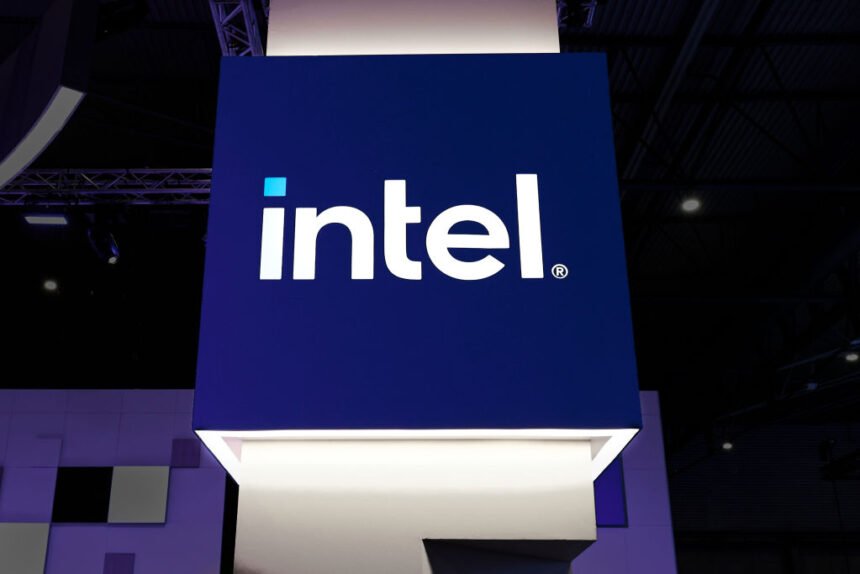The Trump administration wants the United States to be the dominant force when it comes to artificial intelligence, and one way the administration hopes to achieve primacy is by bringing semiconductor manufacturing back to the U.S.
To help with that transition, President Donald Trump has introduced potential chip tariffs and policies in recent months meant to bring more semiconductor manufacturing stateside.
In late August, the Trump administration took an unprecedented step toward that goal when it converted an existing government grant, meant for domestic semiconductor manufacturing, into a 10% equity stake in Intel.
This deal was structured to grant the U.S. government additional equity in Intel if the company’s ownership of its foundry business — which manufactures custom chips for international customers — drops below 50% within the next five years.
But Intel isn’t the only U.S.-based semiconductor company, nor the only one that manufactures its chips overseas. So, how did Intel find itself as the main character in the Trump administration’s plans for AI dominance? Let’s take a look.
First, some history: In March 2021, Intel launched its foundry business alongside a commitment to spend $20 billion building two new chip manufacturing plants in Arizona.
A year later, the company announced its intent to acquire Tower Semiconductor, a company in the custom foundry industry, for $5.4 billion, but that didn’t pan out due to regulatory troubles, and the companies cancelled the merger in August 2023.
Since then, Intel Foundry has struggled to gain momentum, and there have been rumors that the business wasn’t able to get large customers on board.
Then in 2024, then-CEO Pat Gelsinger announced Intel was taking steps to transition Intel Foundry into an independent subsidiary. This came as board members called to spin the unit out entirely even as the company grappled with slowing growth, cost cuts and massive layoffs.
In November 2024, there was a noticeable bright spot as the company reached a deal with the U.S. government for $7.86 billion in federal grants through the 2022 Chips and Science Act meant to boost domestic semiconductor manufacturing.
Then, Gelsinger suddenly retired in December 2024.
Intel announced that its former board member Lip-Bu Tan would rejoin the company as CEO in early March. Tan got right to work with a potential turnaround plan that centered on refocusing the company, shedding its non-core units, and significantly trimming its workforce.
In July, the company said it was scaling back some of its manufacturing projects, including its already-delayed $28 billion fabrication plant in Ohio.











